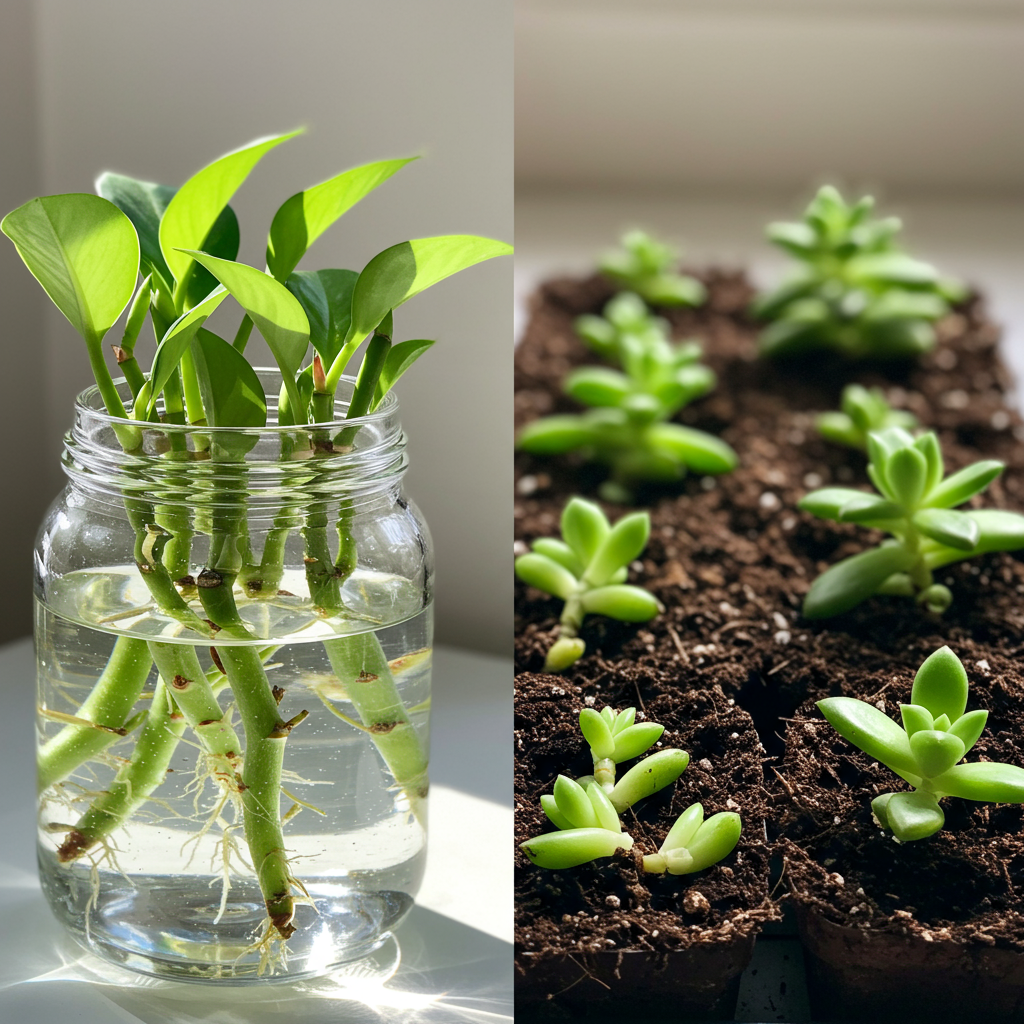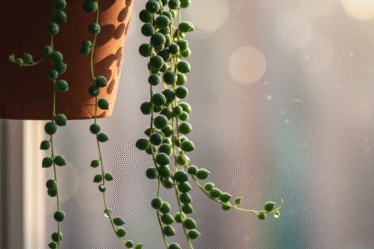
Successfully propagating your favorite plants is a rewarding experience, allowing you to expand your indoor jungle or share the joy of greenery with friends. But the age-old question remains: water or soil? Both methods offer distinct advantages and disadvantages, and understanding these nuances is key to achieving propagation success. This article delves into the pros and cons of each approach, empowering you to choose the best method for your specific plant and circumstances.
Water propagation, often seen as the simpler method, involves placing cuttings in a vessel of water, allowing roots to develop before transferring to soil. Its allure lies in the visual satisfaction of watching roots emerge, offering a clear indication of progress. This method also eliminates the risk of overwatering, a common pitfall for new propagators. However, water roots are structurally different from soil roots, being thinner and more brittle. This can lead to transplant shock when the cutting is finally moved to soil, requiring a delicate transition period. Furthermore, not all plants readily root in water, making it unsuitable for certain species.
Soil propagation, the more traditional approach, involves placing cuttings directly into a suitable growing medium. While this method requires more attention to moisture levels, it ultimately produces stronger, more resilient roots better adapted to terrestrial life. The plant experiences less stress during transplanting as it doesn’t need to adjust to a new environment. Soil propagation also offers a wider range of plant compatibility, encompassing species that struggle to root in water. However, the process is less visually engaging, and monitoring root development requires careful observation and sometimes a gentle tug on the cutting. Overwatering, a common issue with soil propagation, can lead to root rot and hinder successful growth.
Choosing between water and soil propagation depends largely on the specific plant species and your personal preferences. Succulents, for example, often thrive in water propagation due to their susceptibility to rot in overly moist soil. Conversely, woody plants generally fare better in soil, where they can establish a robust root system from the outset. Your own comfort level with monitoring moisture and managing potential issues like root rot also plays a role. Experimentation is key, and with practice, you’ll develop an intuition for which method best suits your green thumb.
Ultimately, successful propagation, whether in water or soil, hinges on providing the right environment for your chosen plant. This includes adequate light, appropriate temperature, and careful attention to hygiene to prevent fungal or bacterial growth. By understanding the strengths and weaknesses of each propagation method, you can confidently embark on your plant propagation journey and enjoy the satisfaction of nurturing new life from cuttings.



